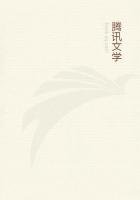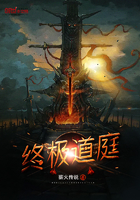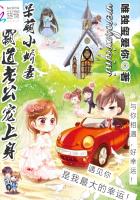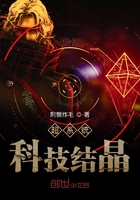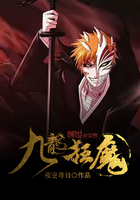The physiological sources of the sensations chiefly concerned in instincts are the alimentary and genital organs. All animal instincts may accordingly, be reduced to alimentive and [p. 279] sexual instincts, though in connection with the latter, especially in their more complex forms, there axe always auxiliary protective and social impulses which may 'be regarded, from the character of their origin, as special modifications of the sexual impulse. Among these auxiliary forms must be reckoned the impulses of many animals to build houses and nests, as in the case of beavers, birds, and numerous insects (for example, spiders, wasps, bees, ants), then, too, the instinct of animal marriage found chiefly among birds and appearing both in the monogamic and polygamic forms. Finally, the so-called "animal states", as those of the bees, of ants, and of termites, belong under this head. They are in reality not states, but sexual communities, in which the social impulse that unites the individuals, as well as the common protective impulse, are modifications of the reproduction-impulse.
In the case of all instincts the particular impulsive acts arise from certain sense-stimuli partly external, partly internal. The acts themselves are to be classed as impulsive acts, or ****** volitions, since they are preceded and accompanied by particular sensations and feelings that serve as ****** motives (p. 85 sq.). The complex, connate character of these acts can be explained only from general inherited attributes of the nervous system, as a result of which certain connate reflex mechanisms are immediately set in action by particular stimuli, without practice on the part of the individual. The purposive character of these mechanisms must also be regarded as a product of general psycho-physical development.
As further evidence for this we have the fact that instincts show not only various individual modifications, but even a certain degree of higher development through individual practice. In this way, the bird gradually learns to build its nest better; bees accommodate their hive to changing needs; instead of sending out new colonies they enlarge the hive [p. 280] if they have the necessary room. Even abnormal habits may, be acquired by a single community of bees or ants; the first, for example, may learn to rob a neighboring hive instead of gathering the honey from the flowers, or the latter may acquire the remarkable habit of ****** the members of another species slaves, or of domesticating plant-lice for the sake of their honey. The rise, growth, and transmission of these habits as we can trace them, show clearly the way in which all complicated instincts may arise. Such an instinct never appears alone, but there are always ******r. forms of the same instinct in related classes and species. Thus the hole that the wall-wasp bores in the wall to lay her eggs in, is a primitive pattern of the ingenious hive of the honey-bee. Between these two extremes as the natural transition stage we have the hive of the ordinary wasp made of a few hexagonal cells constructed of cemented sticks and leaves.
We may, accordingly, explain the complex instincts as developed forms of originally ****** impulses that have gradually differentiated more and more in the course of numberless generations, through the gradual accumulation of habits that have been acquired by individuals and then transmitted. Every single habit is to be regarded as a stage in this psychical development. Its gradual passage into a connate disposition is to be explained as a psycho-physical process of practice through which complex volitional acts gradually pass into purposive movements that follow immediately and reflexly [sic] the appropriate impression.

